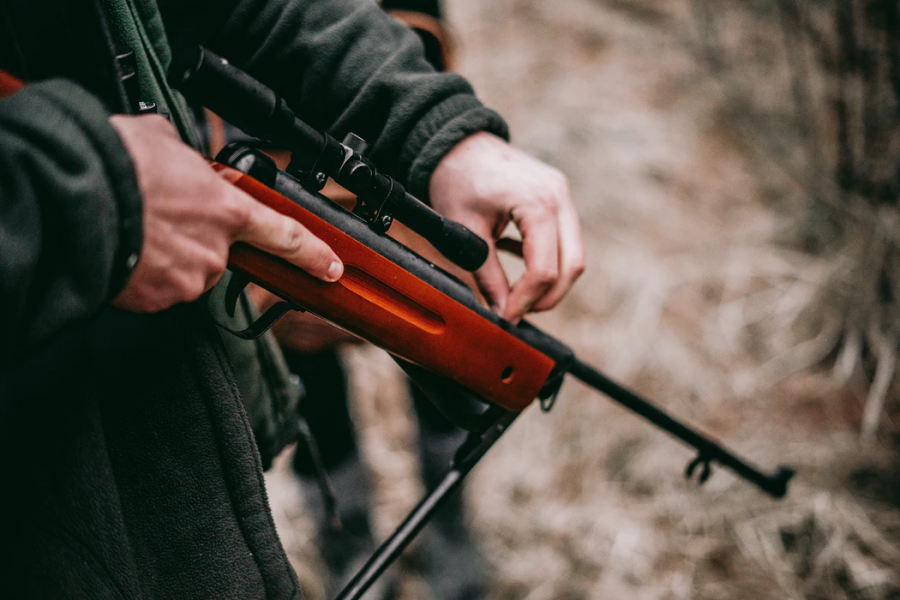When it comes to handling firearms, treating them like a toy is unacceptable. When firearms are not handled or utilized properly, they can easily hurt or kill you as well as others around you. There really are no half measures when it comes to guns, and the guidelines for safe firearm handling must be observed to avoid mishaps. Here are six firearm safety precautions to keep in mind this summer.
Every Firearm Should Be Treated as Though It Were Loaded
If you are given a firearm, presume it is loaded regardless of if you believe that it isn’t. Request that anybody who hands you a gun activates the safety mechanism prior to delivering it to you.
Always Keep Your Firearm’s Muzzle Under Control
No one is likely to be injured if the firearm fires suddenly as long as the barrel points in a safe position. Because a gun’s safety is a structural mechanism that might malfunction, you should never ignore where the gun is pointing merely because the safety is turned on.
Never Pull the Trigger Unless You’re Ready to Shoot
While unloading or loading, keep your hands far from the trigger. Don’t ever squeeze the trigger on a weapon when the safety is engaged. Remember, using a gun’s safety supplements good firearm handling, but it is not a replacement for common sense.
Never Point a Gun Towards Anything You Don’t Plan to Shoot At
Binoculars should be carried and used to inspect the slope. Never glance through the scope at anything you don’t recognize.
Utilize Proper Gear
Making use of the right equipment can help keep hunters safe in a variety of situations. Always make sure that you purchase your weapons from a reputable gun shop. Purchasing quality weapons from a professional will help reduce the chances of dealing with a malfunctioning firearm while you are hunting. In addition, an expert may be able to help you determine what kind of gun would best suit your particular needs. It’s always good to minimize errors when hunting, and selecting the right supplies plays a significant role in weapon safety.
Be Definite About the Target and What Lies Beyond It
Before aiming a rifle, a prudent hunter ensures that the motion or sound is coming from a wild animal in season. A shooter must inspect the backdrop for other persons, cattle, buildings, gear, or roads before firing to ensure a secure backstop.
Mistaking a human for wildlife is one of the most prevalent causes of serious or deadly hunting accidents. Sporting hunter is one method to ensure that everyone else in the field could readily recognize you.
Before Firing, Make Sure the Barrel Is Free of Any Impediments
Make it a practice to inspect your barrel regularly. Even a minor blockage in the barrel can make the barrel expand or, in the worst-case scenario, explode.
The same thing might happen if a smaller gauge cartridge is loaded into a firearm. As a result, when a larger cartridge is discharged, the smaller shell may function as an impediment. Always inspect each cartridge you place into your handgun and carry just the appropriate ammo for the firearm you’re carrying.
Hunting and target practice are two of the safest activities around. This list is designed to assist you in making them safer by highlighting the fundamentals of safe firearm handling and emphasizing that gun safety starts with you.

